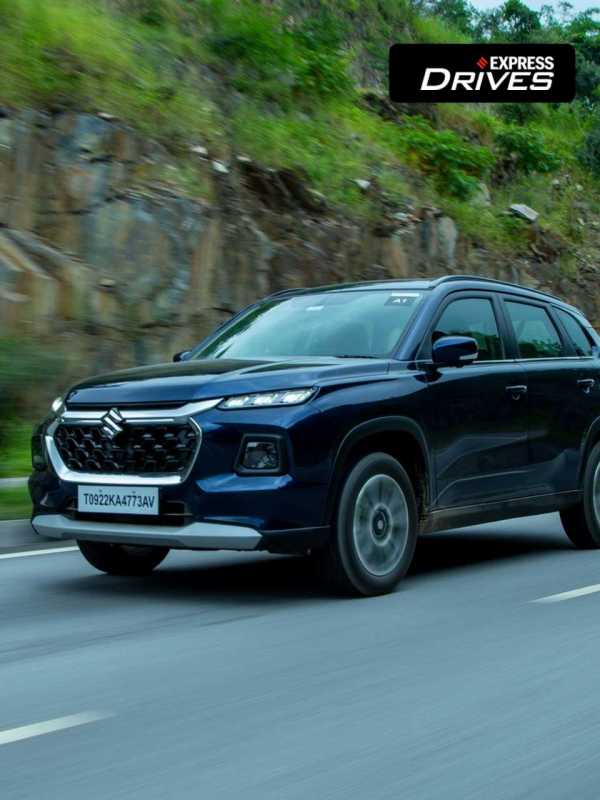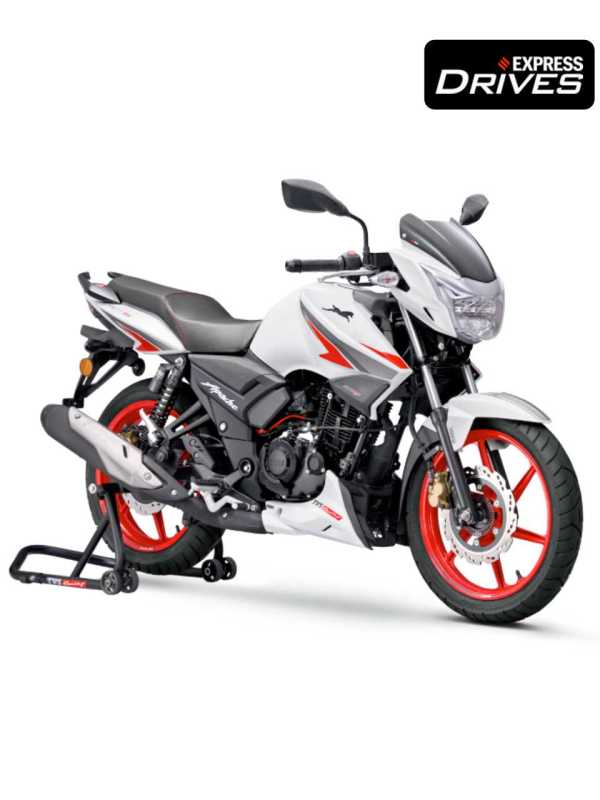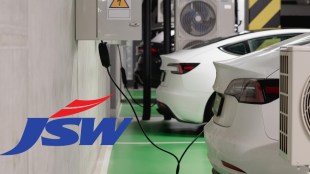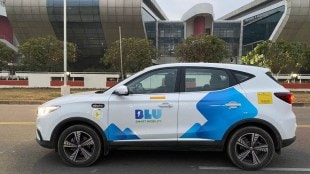The sustained growth in India’s automotive industry is expected to continue to benefit all stakeholders, in fact, after a robust expansion of 27-30 percent in FY2023, the next fiscal year (FY2024) will see auto dealership industry grow between 11-13 percent says ICRA.
This will be aided by 6-9 percent volume growth and an increase in vehicle prices. Other factors like improving consumer sentiments, as seen through a continued preference for personal mobility and rising disposable income, easing supply-side constraints, better features in the new product models, and change in product-mix with increasing skew towards high-priced vehicles among others is expected to favourably support the sales growth in the consumer segment.
In the commercial segment, improving economic activities, rising spends in infrastructure and mining activities stable financing environment shall support the growth.
On the other hand, potential headwinds could arise from adverse monsoons or the occurrence of the El Nino and its impact on rural demand, supply-related issues, general inflation, and further hardening in financing rates.
The demand for commercial vehicles is expected to be supported by replacement demand, pick-up in mining, infrastructure construction activities, and overall healthy fleet utilisation levels. In the passenger vehicle segment, underlying demand trends remain stable, although supply-chain related factors, increase in the cost of ownership, and monsoon performance are key monitorables. With the PV segment, demand remains buoyant in the segments like special-utility vehicles and luxury cars.
Coming to the two-wheeler segment ICRA says headwinds like elevated ownership costs, inflation, and high financing costs remain a challenge, although demand is expected to recover gradually.
Nithya Debbadi, Assistant VP and Sector Head – Corporate Ratings, ICRA said: “Margins in the automobile dealership industry are thin, inherent to the distribution nature of the business. While operating margins in FY2021 and FY2022 were favourably supported by strong pent-up demand and relatively lower discounts amidst supply-related challenges, the operating and net margins in FY2023 are expected to have compressed by around 30-50 bps.”
She further states that factors like reduced waiting periods, an increase in operating costs amidst general inflation and competition, a rise in interest costs due to an increase in interest rates, and a rise in working capital loans amidst elevated inventory levels are expected to weigh on the margins in FY2024.
“Nevertheless, the industry’s operating margins are expected to be better than the pre-Covid levels,” adds Debbadi.
The report further states that in the last two years, the inventory levels for automobile dealers declined, given the impact of semiconductor chip shortage issues, especially in the PV segment. However, with semiconductor availability improving gradually, inventory levels increased over the past two quarters.
ICRA expects inventory holding levels to increase as compared to the last two years, and normalise gradually to around 40-45 days, going forward. The cash flows and credit metrics of the industry players improved in the past two years, supported by better margins, lower debt (on account of low inventory), and faster working capital cycle.
The industry debt metrics (interest coverage and Total Debt/OPBITDA) are expected to remain superior to the pre-Covid levels despite some moderation in the near term.




















